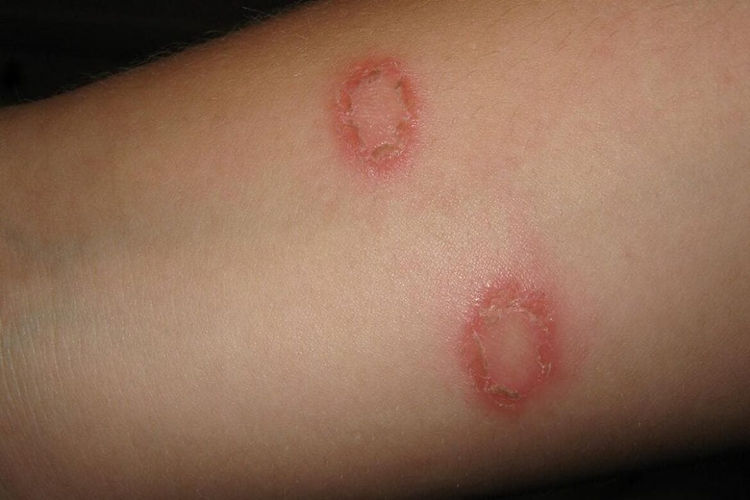TINEA CRURIS
Tinea Cruris, commonly known as "jock itch," is a fungal infection affecting the groin area, inner thighs, and buttocks. It is caused by dermatophytes, a group of fungi that thrive on keratin, the protein found in skin, hair, and nails. Tinea Cruris is a prevalent condition, particularly among adolescents and adults, and can cause significant discomfort and itching. Understanding the causes, symptoms, diagnosis, and treatment of Tinea Cruris is essential for effective management and prevention.

CAUSES OF POST-INFLAMMATORY HYPERPIGMENTATION
Tinea Cruris is caused by dermatophytes, most commonly Trichophyton rubrum, Trichophyton mentagrophytes, and Epidermophyton floccosum. These fungi infect the skin's outer layers and thrive in warm, moist environments. The primary factors contributing to the development of Tinea Cruris include:
-
Fungal Overgrowth: Dermatophytes are present on the skin and can overgrow under conditions of moisture, warmth, and friction.
-
Sweating: Excessive sweating, particularly in the groin area, creates a moist environment conducive to fungal growth.
-
Tight Clothing: Wearing tight or restrictive clothing can trap heat and moisture, increasing the risk of infection.
-
Personal Hygiene: Poor personal hygiene or failure to properly dry the groin area can facilitate fungal proliferation.
-
Athletic Activities: Engaging in activities that cause prolonged sweating and friction, such as sports, can predispose individuals to Tinea Cruris.
-
Close Contact: The condition can be spread through direct contact with an infected person or through contaminated items such as towels, clothing, or gym equipment.
SYMPTOMS OF TINEA CRURIS
The symptoms of Tinea Cruris can vary in severity but generally include the following:
-
Itching: Persistent itching is one of the hallmark symptoms, often severe and uncomfortable.
-
Rash: The rash typically begins in the groin area and may extend to the inner thighs and buttocks. It appears as a red, inflamed, and scaly rash with well-defined edges.
-
Ring-shaped Lesions: The rash may have a ring-like appearance, with the central area clearing up as the infection spreads outward, forming a characteristic ring pattern.
-
Scaling and Peeling: The affected skin often becomes dry, scaly, and peeling.
-
Discomfort: The rash can cause discomfort and may become more painful with increased friction or sweating.

PREVENTION OF TINEA CRURIS
Preventing Tinea Cruris involves reducing the risk factors that contribute to fungal infections:
-
Maintaining Dryness: Keeping the groin area dry and cool by using moisture-wicking fabrics and avoiding excessive sweating.
-
Good Personal Hygiene: Regularly washing and thoroughly drying the groin area, particularly after exercise or sweating.
-
Proper Clothing: Wear loose-fitting, breathable clothing to minimize friction and moisture accumulation.
-
Avoiding Contact: Avoid direct contact with infected individuals or contaminated items, such as gym equipment or towels.
-
Using Antifungal Powders: Applying antifungal or anti-chafing powders can help keep the area dry and prevent fungal growth.













